Select Device Freestyle Lingo Freestyle Libre 3 Freestyle Libre 2 Freestyle Libre 14 Day Dexcom G7 Dexcom G6 Dexcom Stelo Guardian Connect Medtronic Simplera Eversense Meter Omnipod Omnipod Dash Medtronic 780G Medtronic 630G Tandem t:slim X2 Bigfoot Unity Medtronic InPen Tempo Pen NovoPen 6/NovoPen Echo Insulin Pen Afrezza CeQur Simplicity Patch V-Go Patch Omnipod GO Patch Syringe and Vial Beta Bionics iLet Pancreas Control IQ with Dexcom Control IQ with Freestyle Libre Medtronic 780G with Smart Guard Omnipod 5 Tandem Mobi Tidepool Loop twiist DIY Loop Apple Series 6/7/8/9/10/SE (2nd Generation) Garmin vívosmart 5™ Garmin Venu Sq 2 Garmin Venu 3 Garmin vivoactive 5 Garmin Fenix 8 Garmin vivofit jr 3 Garmin Forerunner 165/265/965 Garmin epix (Gen 2) Garmin Enduro 3 Fitbit Ace LTE Fitbit Charge 6 Fitbit Inspire 3 Fitbit Versa/Versa 2/4/Versa Lite Fitbit Sense 2 Fitbit Luxe Google Pixel 2/3 Samsung Galaxy 4/5 Xiaomi Mi Band 9 Oura Ring Whoop 4.0 Withings ScanWatch 2 Withings ScanWatch Lite Pedometer 3D Pedometer
Select Device Freestyle Lingo Freestyle Libre 3 Freestyle Libre 2 Freestyle Libre 14 Day Dexcom G7 Dexcom G6 Dexcom Stelo Guardian Connect Medtronic Simplera Eversense Meter Omnipod Omnipod Dash Medtronic 780G Medtronic 630G Tandem t:slim X2 Bigfoot Unity Medtronic InPen Tempo Pen NovoPen 6/NovoPen Echo Insulin Pen Afrezza CeQur Simplicity Patch V-Go Patch Omnipod GO Patch Syringe and Vial Beta Bionics iLet Pancreas Control IQ with Dexcom Control IQ with Freestyle Libre Medtronic 780G with Smart Guard Omnipod 5 Tandem Mobi Tidepool Loop twiist DIY Loop Apple Series 6/7/8/9/10/SE (2nd Generation) Garmin vívosmart 5™ Garmin Venu Sq 2 Garmin Venu 3 Garmin vivoactive 5 Garmin Fenix 8 Garmin vivofit jr 3 Garmin Forerunner 165/265/965 Garmin epix (Gen 2) Garmin Enduro 3 Fitbit Ace LTE Fitbit Charge 6 Fitbit Inspire 3 Fitbit Versa/Versa 2/4/Versa Lite Fitbit Sense 2 Fitbit Luxe Google Pixel 2/3 Samsung Galaxy 4/5 Xiaomi Mi Band 9 Oura Ring Whoop 4.0 Withings ScanWatch 2 Withings ScanWatch Lite Pedometer 3D Pedometer
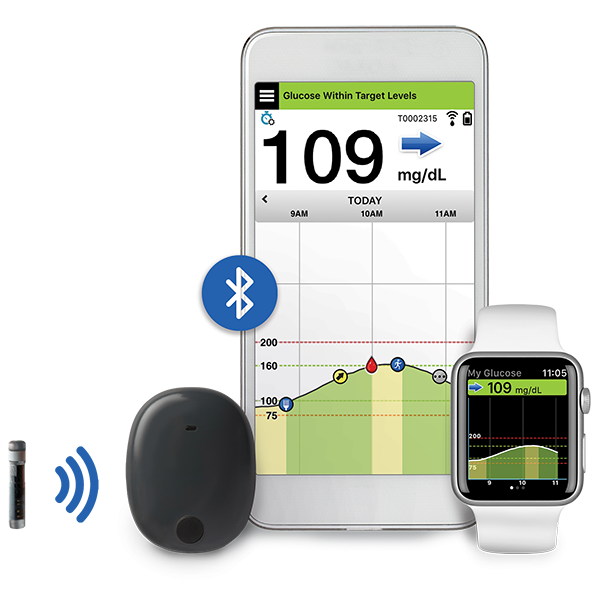

Summary
This sensor lasts the longest - 365 days. It has to be placed under the skin by a healthcare provider. It has two parts, the implantable sensor and a transmitter that sends data to a mobile device.
MARD: 8.5-9.1%
*Recently FDA approved for use with insulin pumps.
This system is the first automated insulin delivery system that combines the Tandem t:slim x2 with the Freestyle Libre 2 Plus continuous glucose monitor (CGM) to automatically adjust insulin delivery in response to glucose trends. It's easy to use and allows bolus dosing directly from a compatible iOS or Android smartphone.
Components
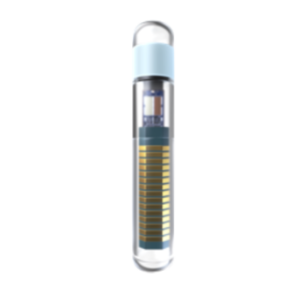
Eversense : Sensor
Professionally inserted by a physician during a medical visit. Minor procedure.
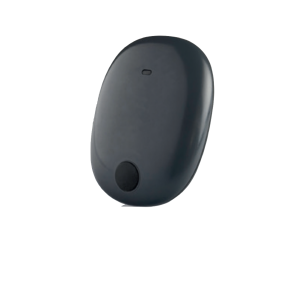
Eversense : Transmitter
Transmitter sits outside of the body and is held on by an adhesive. Sends data every 5 minutes to a connected mobile device.
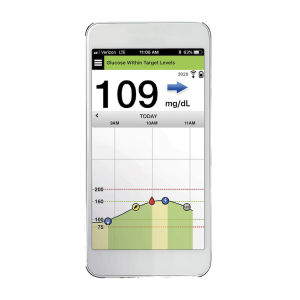
Eversense : Receiver
Real-time glucose measurements sent to a compatible mobile-device or smart watch. No need for a separate receiver. Available for both iOS and Android devices.
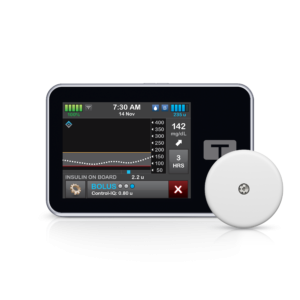
Control IQ with Freestyle Libre : Pump
Touch screen pump connects tubing to a small patch called an infusion set that attaches to the body.
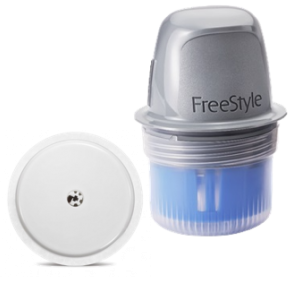
Control IQ with Freestyle Libre : Sensor
Automatic applicator inserts sensor just under the surface of the skin and can be applied to many places on the body.
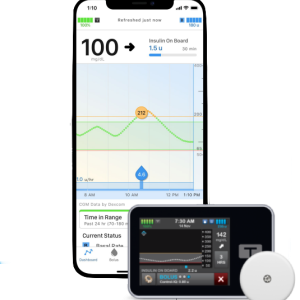
Control IQ with Freestyle Libre : Controller
t:slim pump receives CGM readings to automatically adjust basal insulin delivery via an infusion set. Compatible smartphone can be used to view and control insulin delivery using the t:connect app.
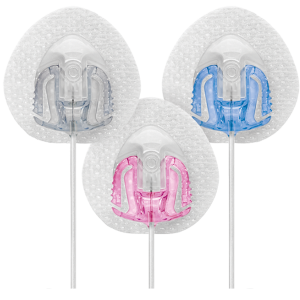
Control IQ with Freestyle Libre : Infusion Set
An infusion set contains the thin plastic tubing that delivers insulin from the pump to the body.
Device Details
Overview
Very small implantable sensor but large transmitter must be worn on top of the skin.
This system automatically adjusts insulin levels from the Tandem t:slim X2 pump based on the Libre 2 Plus readings for more time in range.
Affordability and Access
$$$$
Sometimes covered. Insertion and removal require a Health Care Provider. Insertion costs $100-$300, and removal costs $100-$400. Sensor and transmitter cost $800-$1400.
$$$$
Widely covered for insulin-dependent type 1 and 2. Supplies for Pump and Sensor provided by DME suppliers. Price range; $5-$6,995 to start and $0-$200/month.
Data Monitoring Options
Yes
CGM data can upload automatically to the web-based Eversense data management system (EDMS) from the Eversense mobile app.
Yes
The t:connect mobile app for the t:slim X2 pump wirelessly uploads pump and CGM data to the cloud-based t:connect web application.
Data View Options
Yes
Eversense mobile app receives and displays data in easy-to-read charts and graphs that can be shared with family and friends through the Eversense NOW app.
Yes
Data can be viewed directly on the pump screen or on the t:connect mobile app (available for both iOS and Android devices).
Duration and Storage
365 Days
Sensor lasts 365 days, but a physician must implant it. Transmitter must be charged daily.
3-day pump 15-day sensor
Sensors last 14 days, and transmitters last 90 and work at 50ºF - 113ºF. Pump can be used for up to 72 hrs, battery life lasts five days with the use of CGM, and work between 40°F - 99°F.
Vision / Auditory / Dexterity
YES text to speech
YES vibration alerts
SOME dexterity needed
NO text to speech
YES vibration alerts
A LOT of dexterity needed
Patient Considerations
Active Lifestyle
Water-resistant transmitter when submerged in 1 meter of water for up to 30 minutes and must be within 25 feet of the connected smart device.
Exercise Activity. Can manually increase target range to 140-160 mg/dl. Insulin decreases when Control IQ predicts CGM ≤140 mg/dl and increases when ≥ 160 mg/dl within 30 minutes. Autocorrections will still occur. Pump is not waterproof. CGM is waterproof.
Avoiding Highs and Lows
On-body vibration alerts when blood glucose levels are higher or lower than the set range. Trend arrows show the direction glucose is heading, with the rate of change.
Auto basal and bolus insulin. Responds to CGM data by increasing or decreasing basal insulin delivery to prevent highs and lows and maintain a target blood glucose of 110 mg/dl. Auto-bolus is available once per hour to correct blood sugar above 180 mg/dl.
Comfort
Longest-lasting sensor fits comfortably under the skin. Minor procedure is required. Least likely to have compression lows.
Low profile. Low profile/low maintenance sensor. Small tubed pump with the most infusion sets to pick from.
Easy Insulin Dosing
Predictive alerts make insulin dosing easier by tracking high and low trends.
Automatically adjusts dosing. Sensor integration allows for the pump to automatically adjust insulin doses. More customizable dosing than pens or syringes. Basal in 0.001 increments, bolus in 0.01 increments. Extended bolus available.
Easy to Use
Minor procedure. Requires insertion by a physician during a medical visit.
Modern & no scanning required. Rechargeable and touchscreen pump. Sensor does not require scanning and sends minute-by-minute readings directly to the pump.
Fewer Fingersticks
2 daily finger-sticks are needed to calibrate the sensor.
Factory-calibrated sensor. Fingersticks needed for backup only.
Privacy
Somewhat discreet. Tiny sensor is implanted under the skin, so the user can be discreet when needed. Ability to see sugar on watch or phone. Sensor not movable on body and requires regular meter use.
Discreet. Ability to check blood sugar on phone or watch. Ability to bolus on a compatible smartphone. Pump has tubing but can be clipped to clothing or placed in a pocket to be discreet when needed. CGM has a built-in hypoglycemia safety alarm that alerts users when glucose is below 55 mg/dl and is always on.